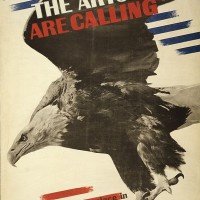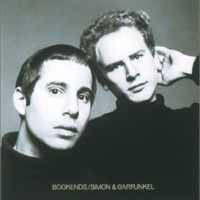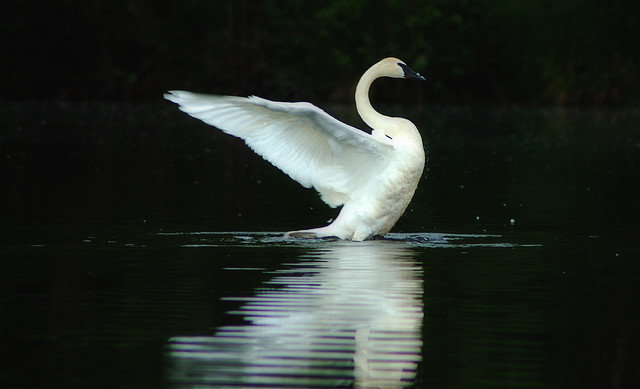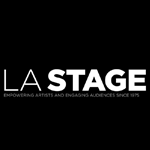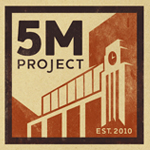Welcome back. We’re continuing our look at arts advocacy, particularly how do we broaden our base of support if we rarely hear from anyone who isn't already a fan. What if we shifted our mindset to see everyone as a potential partner or participant? The world and our communities would be teaming with opportunity. That's Springboard for the Arts' Executive Director, Laura Zabel's, view and it's working quite well. In this video Laura shares how she is energized by what's possible and how looking at opportunities through this frame has opened up … [Read more...]
The Myth of the Lone Genius: A Leading Innovation in Arts and Culture Conversation
We’ve just wrapped our first Massively Open Online Course (MOOC) Leading Innovation in Arts and Culture. This unique course was created by Dave Owens at Vanderbilt University and customized for the arts and culture sector by National Arts Strategies. This eight-week course, offered on the Coursera platform, brought more than 9,000 artists, arts administrators and cultural entrepreneurs from around the world together to discuss the specific constraints to creating good ideas in our field and to build strategies for successful innovation. This … [Read more...]
Collaboration is key in D.C.
This post appears as part of the ARTSblog Emerging Leaders Blog Salon, in which emerging leaders from around the country were asked, “What would make where you live a better place or bring it to the next level?” I moved to Washington D.C. four years ago, after living in a village of 600, and I absolutely love where I live. I enjoy trying new restaurants, seeing world premiere plays, watching drummers and acro-yogis perform in my favorite public park and the proximity of it all. Although I cannot deny the benefits of living near national … [Read more...]
An Unlikely Partnership: Reinventing Swan Lake
Developing audiences, deepening engagement and expanding creative horizons are some of the biggest concerns of the leaders we work with at National Arts Strategies. With increasing entertainment options and access to technology, organizations feel the need to make their work more innovative and appealing to modern consumers, but many struggle in figuring out how to do so. For some, exploring new forms of collaboration can be the answer to remaining relevant and competitive in today’s environment. Earlier this year, Ballet Memphis Founding … [Read more...]
Partnerships: From Good to Great
One of the most important responsibilities for any nonprofit is to understand how you can best leverage organizational assets to serve your mission and your constituents. But often, our assets alone aren’t plentiful enough to let us deliver on our mission with the level of impact we’d like. Partnerships are one way to do more without the requirement of additional internal resources, but it’s important to enter into a partnership for the right reasons. Regardless of shared vision or a great rapport, making the most out of collaborations requires … [Read more...]
Stories from the Field: LA Stage Alliance
What if you had online access 24/7 to information on over half of the households in your region, including demographic, psychographic and buying trends? What changes might you make to your programs, to your marketing efforts or to your partnerships because you had access to such data? If you live in LA County, this scenario is a reality. I recently sat down with Terence McFarland, CEO of LA Stage Alliance, to discuss the Arts Census project, a research project to better understand the region’s arts audience market. I was struck by two … [Read more...]
Stories from the Field: Intersection for the Arts
For many of us, physical space dictates the work we present and how we serve our communities. Many artists and organizations have found creative and alternative ways to use theaters, symphony halls and galleries, but what if we abandoned the idea of traditional spaces altogether? Could reaching outside our comfort zone help our work reach more people? Letting go of traditional venues provides an opportunity for the arts to take on a new role in the community – from the audiences we serve and where we serve them to the type of work we present … [Read more...]

